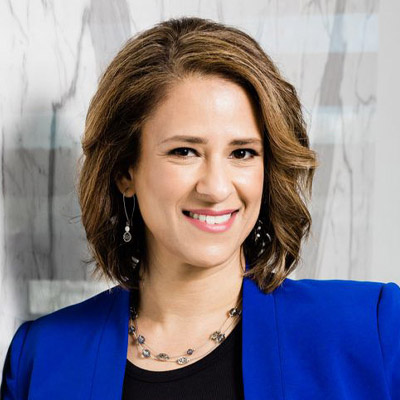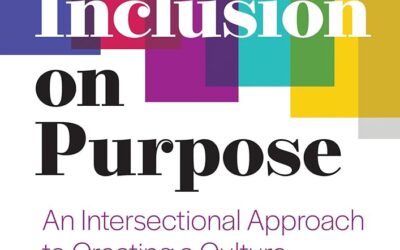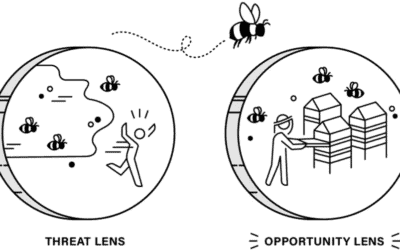Conflict is difficult.
“People who don’t like conflict have an amazing ability to avoid it, even when they know it’s theoretically necessary.” Patrick Lencioni
As emerging leaders, we have to understand that we cannot avoid the inevitable. We believe that a sign of a healthy organization is that they promote and engage in conflict … healthy conflict.
Did you know that workplace conflict costs Canadian businesses over two billion dollars a year in today’s dollars (Morneau Shepell)? This should act as a glaring reminder that avoiding conflict is costly! Not only is there a financial cost, but a human cost too. Let’s break it down. Here’s the cost of doing nothing:
-
Employee turnover
-
Increased absenteeism and leaves (sick leave)
-
Wasted time
-
Grievances, complaints, and lawsuits
-
Decreased motivation and engagement
-
Poor decision-making
-
Loss of innovation
-
Toxic culture
Here are some healthy conflict practices you can begin to deploy to address conflict head-on and with just a little more comfort (and compassion) to mitigate these costs.
1. Provide necessary honesty
Necessary honesty involves creating a flow of information rather than avoiding conflict. It means assertively communicating your expectations and needs to ensure understanding and find mutually beneficial solutions. It also means avoiding passive aggression or sulky behaviour. Brutal honesty, on the other hand, is about putting others down to beat down other people’s ideas and needs. When we choose brutal honesty over necessary honesty, we rarely end the conversation with both parties in agreement.
2. Start with honesty and candid feedback
This is more likely to lead to a mutually beneficial outcome. On the other hand, when you are vague, you create confusion and lack clarity, often leaning towards less than desirable outcomes. You also leave people to question your motives and concern for the organization or their well-being.
3. Be accountable for your feelings
This will avoid putting others on the defensive. You cannot argue how someone ‘feels,’ and starting with your feelings will make the other person more receptive to what you say.
4. Focus on the issue
Focusing on the issue versus the person avoids making it personal and turning this into a more combative situation.
5. Show up with an open mind
We don’t know what we don’t know. Effective listening includes reflective listening and empathetic listening. By applying these skillful techniques, you are signaling to your colleague that you care about their needs and concerns, which is the simplest way to keep the conflict productive.
We spend a lot of time at work, so let’s ensure that our workplaces engage in robust dialogue, show bravery under challenging conversations, and encourage debate, no matter how uncomfortable this may be. Mitigating conflict is a critical competency to being an effective leader. So how do you handle conflict?





